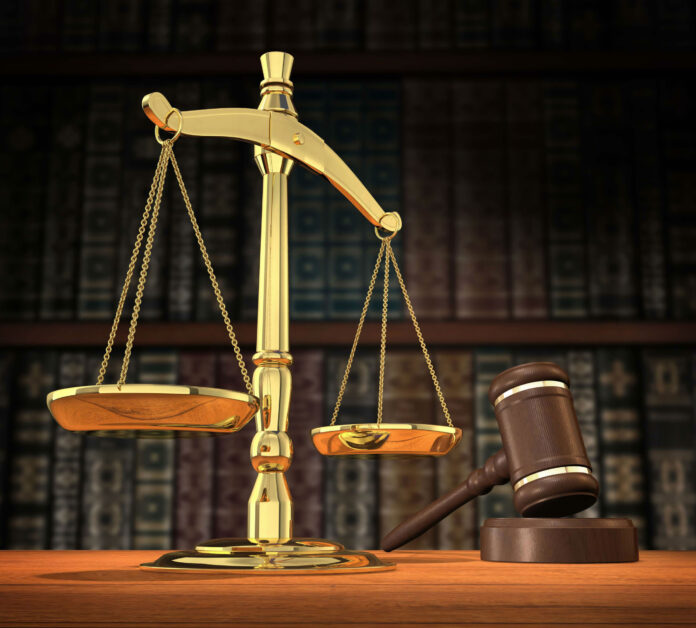As being a part of a democratic country if we find any judge of the High Court or Supreme Court who is misusing their power or showing misconduct in giving judgement, they are removed from their duties of being a judge by the impeachment process, which can be passed by the impeachment motion in the house of Parliament.
The Constitution provides that a judge can be removed only by the order of the President based on a motion passed by both the Houses of Parliament. The followings steps for removal of judges are:
- To initiate a proceeding at least 100 members of Lok Sabha may give a signed notice to the Speaker of Parliament and at least 50 members of the Rajya Sabha can give notice to the Chairman of the House to decide the motion of removal.
- After concluding the investigation against the judges the committee will submit a report to the speaker or chairman. If reports found the misconduct then the removal will pass further.
- The motion for removal is required to be adopted by each house of the parliament such as a majority of the total members of the house and the majority of two-thirds of members of the House of the Parliament.
- Once the motion is adopted in both the houses then it is sent to the President who will issue an order to remove a judge.
In Indian judicial history, Justice Soumitra Sen of the Calcutta High Court is the only judge against whom the impeachment motion has passed. He resigned in 2011 after Rajya Sabha passed an impeachment motion against him and he was the only judge to have been impeached by the upper house of misconduct for misappropriation of the fund. Charges framed against him such as misappropriation of large sums of money, which he had received and misrepresentation of the facts with regard because of the money he received before the High Court of Calcutta. Based on the two charges the inquiry committee was of the opinion that Justice Soumitra Sen of the Calcutta High court is guilty of misbehaviour.
There are some judges against whom the impeachment proceeding had been initiated but not passed such as Justice V.Ramaswami was the first judge against whom impeachment proceedings were initiated. In 1993, the motion was brought up in Lok Sabha but failed to require a majority of 2/3rd. His impeachment was initiated but somehow failed due to the majority to favour the impeachment motion.
There are some judges whose impeachment motion is still pending. In 2015, Justice J.B. Pardiwala of the Gujarat High Court has been impeached with the notice by 58 members of the Rajya Sabha on the objectionable remark on the issue of reservation in the case of Hardik Patel but his impeachment motion is under consideration.
In 2017, Justice C.V. Nagarjuna Reddy of the High Court of Andhra Pradesh and Telangana have been initiated the motion of impeachment by the members of Rajya Sabha. The investigation procedure is still going on by the three-member committee of the Vice President consisting of the Judge of the Supreme court, the Chief justice of the High court and the jurist.
There is a draft proposal are presented against some of the judges by the opposition parties to initiate the motion of impeachment. In March 2018, opposition parties signed a draft proposal for moving an impeachment motion against Chief Justice of India Dipak Mishra.
And some resigned after knowing their offence so the impeachment motion cannot be passed against them. Justice P.D. Dinakaran, Chief Justice of Sikkim High Court has faced an allegation of corruption and abuse of Judicial office by the Chairman of Rajya Sabha and due to which he has resigned before the impeachment proceeding could be initiated against him.
The Indian Constitution under Article 124(4) and 124(5) for the Supreme Court and Article 227 for the High Courts of India remove the judges of the courts from their office by an order of the President. The President can issue a removal order after an address by the Parliament. The motion to remove a judge may be supported by a special majority of each house of Parliament. The majority should also be a special majority or majority of two-thirds of the members of the house present or voting.






